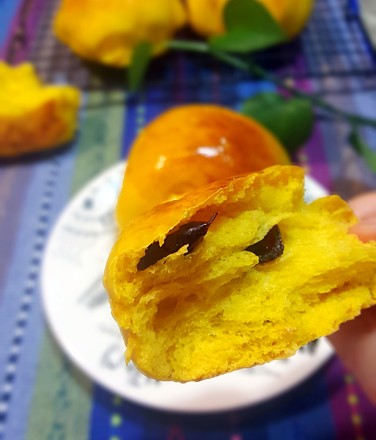Bacon Brie Bread
by kiss war girl
Favorite
Difficulty
Normal
Time
2h
Serving
2
Pain Brie is a bread from the Normandy region of France. It is a traditional sailor’s food. Even though the bread is dried, it tastes crispy and soft. It is a good food for long-distance travel.
I personally like this bread very much. It is healthier with less oil and sugar. The texture is fluffy but does not have large holes like French sticks. The finished product has a crunchy and hard shell and a moist interior with chewy ends. The taste is rich in layers and the fragrance is rich.
Add some bacon on the basis of the original Brie bread, which is really a family version. Of course, I also hope that one day I can make some kind of French bag and European bag. "
I personally like this bread very much. It is healthier with less oil and sugar. The texture is fluffy but does not have large holes like French sticks. The finished product has a crunchy and hard shell and a moist interior with chewy ends. The taste is rich in layers and the fragrance is rich.
Add some bacon on the basis of the original Brie bread, which is really a family version. Of course, I also hope that one day I can make some kind of French bag and European bag. "


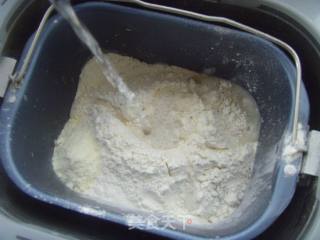
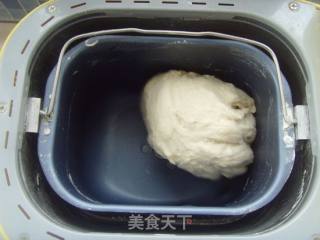

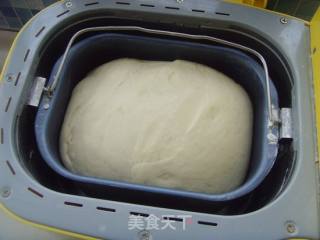



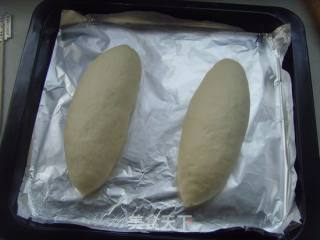

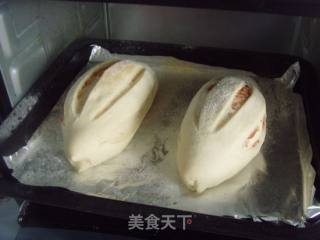



![Seasonal Vegetable Patties [baby Food Supplement] recipe](https://img.simplechinesefood.com/02/024b910033009872aea33017c755a377.jpg)




